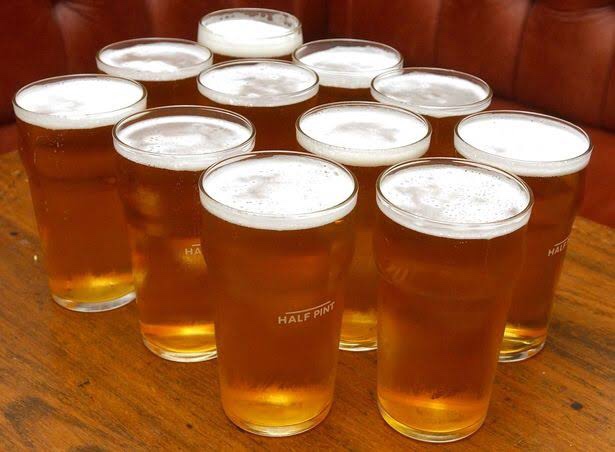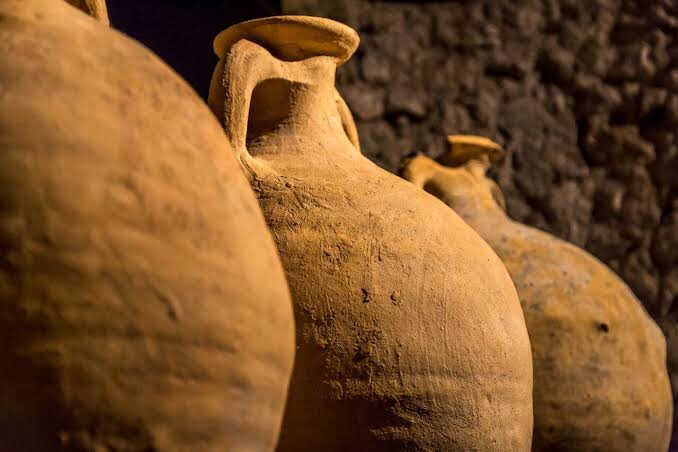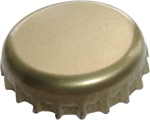Keeping it short for now. If you’re looking for a craft beer tour in Japan, here are a few companies that conduct various tours around the country. If you’re coming from abroad or already in-country, you’ll surely find something for your desires.
- Magical Trip: Magical Trip offers craft beer tours in Tokyo, Osaka, and Kyoto. Their knowledgeable guides take you to hidden craft beer bars and breweries, providing insights into Japan’s beer culture. Website: Magical Trip
- True Sake: Although primarily focused on sake, True Sake also offers specialized tours in Tokyo that include craft beer tastings. Their knowledgeable staff will guide you through the city’s craft beer scene while providing a unique perspective. Website: True Sake
- Arigato Japan: Arigato Japan offers food and drink tours in several cities, including Tokyo and Osaka, that feature craft beer tastings and visits to local breweries. Their experienced guides provide cultural and historical insights alongside the beer experience. Website: Arigato Japan
- Japan Wonder Travel: Japan Wonder Travel offers private and group craft beer tours in Tokyo and Osaka. Their tours provide opportunities to explore the local craft beer scene, taste different beer styles, and learn about the brewing process from knowledgeable guides. Website: Japan Wonder Travel
- InsideJapan Tours: InsideJapan Tours offers customized tours throughout Japan, including craft beer-focused itineraries. Their knowledgeable guides can tailor your trip to include visits to craft beer bars, breweries, and beer festivals based on your preferences. Website: InsideJapan Tours
Please note that availability and specific tour offerings may vary, so it’s advisable to check their respective websites for the most up-to-date information and to book your preferred tour in advance.
Embark on a craft beer tour with these tour companies to discover the rich flavors and cultural experiences that Japan’s craft beer scene has to offer. Cheers and enjoy your beer exploration in Japan!



